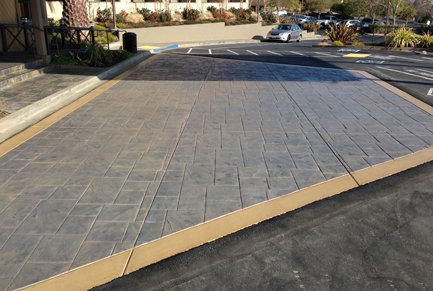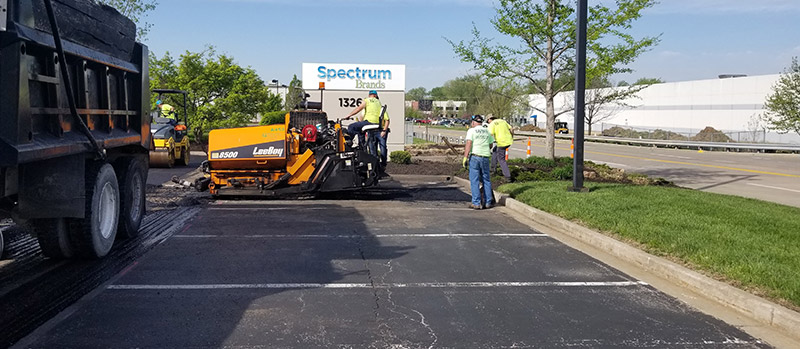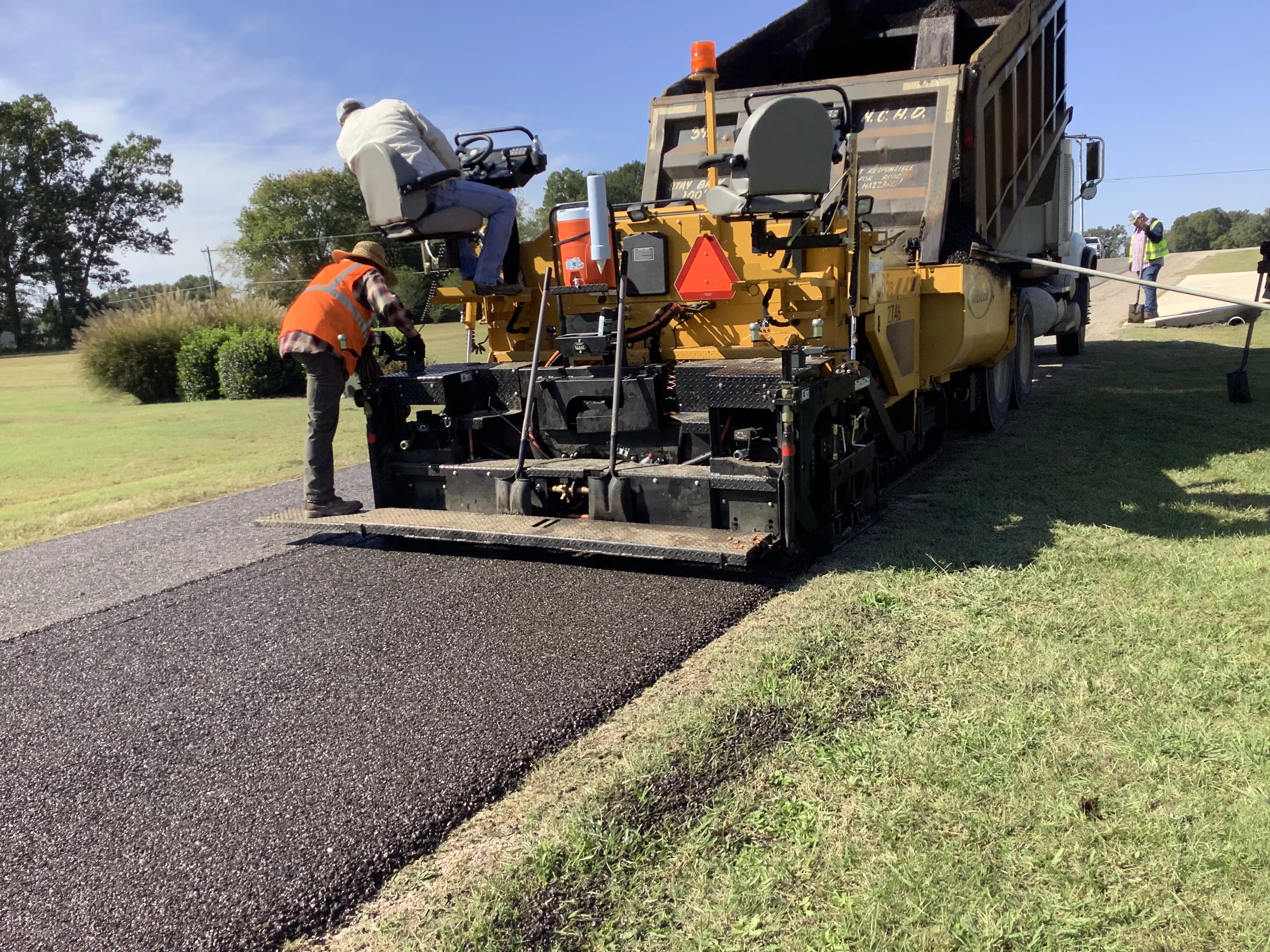The Main Principles Of A1 Professional Asphalt & Sealing Llc
Table of ContentsSome Known Facts About A1 Professional Asphalt & Sealing Llc.Some Of A1 Professional Asphalt & Sealing LlcMore About A1 Professional Asphalt & Sealing LlcA1 Professional Asphalt & Sealing Llc for BeginnersA1 Professional Asphalt & Sealing Llc Can Be Fun For Everyone

The oil in a car engine is not just oil. The REOB has all the additives that were in the waste oil as well as the wear metals from the engine (primarily iron and copper).
By making numerous blends utilizing different REOB examples and various asphalt binders, the variations mainly can be balanced out. A number of States gave examples of well-known REOB make-up to TFHRC researchers, that assessed the samples to compare the percentage of added (known) REOB to the located (evaluated) amount. The evaluations showed a comparable percentage of included and discovered REOB.
An Unbiased View of A1 Professional Asphalt & Sealing Llc
None of those States understood that the asphalt they were buying contained REOB. One State urged its examples had no REOB - http://dugoutmugs01.unblog.fr/2024/04/20/a1-professional-asphalt-repairs-enhancing-roads-with-excellence/.
Of the 1,532 samples tested, 12 percent had REOB, and some had appreciably high levels of it at 1020 percent. The highest degree was 34 percent in a sample from Texas, which TxDOT had actually used in a patching compound. This screening likewise exposed the presence of phosphoric acid in 11 percent of the examples, and 2 percent consisted of ground tire rubber.
2 years back at TRB's yearly meeting, the Federal scientists held an REOB workshop and offered the findings of their research laboratory analyses to a standing room-only crowd. Although some agencies do not particularly prohibit REOB, they do enforce physical tests that preclude its useeffectively a restriction. asphalt paving repairs. Others do not ban it by spec, but have contracts with asphalt suppliers to stay clear of making use of REOB
The 6-Minute Rule for A1 Professional Asphalt & Sealing Llc
Ohio and Texas limitation degrees to less than 5 percent of the asphalt. To establish a trusted examination technique that all States can use, the TFHRC scientists set up a round-robin examination plan.
In total, the researchers prepared and delivered 720 blends. The individuals are examining the examples independently using the guidelines given by the TFHRC scientists. The round-robin testing is virtually completed, and TFHRC remains in the procedure of accumulating the results. The result will certainly be a proposed AASHTO test approach that any State can adopt and use (a1 asphalt).
The pavement with REOB, which lies 0.6 mile (1 kilometer) from the pavement without REOB, has similar subgrade, website traffic density, and environment. The sector of Highway655 with 5 to 10 percent REOB revealed significant breaking. In this example, the presence of REOB was the identified source of cracking at a low temperature levels.
"In our experience in Canada, also tiny amounts of 23 percent can be a trouble." A section of test sidewalk in Minnesota (MN1-4) located to contain REOB also broke prematurely. The pavement done well for the first 3 to 4 years, however then started to fracture. This sidewalk is likewise based on low temperatures.
Some Known Facts About A1 Professional Asphalt & Sealing Llc.
The examinations were not extensive, yet they showed that at levels of 6 percent or more, the tensile strength of the asphalt dropped dramatically. At a degree of 3.5 percent REOB, the variation in the physical examination approaches was higher than the effect of REOB. As a matter of fact, it was challenging for scientists to examine whether REOB was present.

One binder specification thought about is the distinction between the low temperature level important specification temperature level for tightness (S) in the bending beam of light rheometer and the bending light beam rheometer creep incline (m-value) noted as Tcritical. 2 independent study teams, one from AASHTO and the other from the Asphalt Institute, wrapped click this up that even more research study is needed on the use of REOB in asphalt.
Previously, all asphalt screening determined engineering buildings such as rigidity. These examinations do disappoint what materials had been contributed to the asphalt. One sample received throughout the TFHRC research study had a really odd analysis. The example had the following examination results: Superpave PG 64-28 with a heat grade of 67.3 Tcritical on the flexing beam of light rheometer was 6.7 degrees Celsius.

The 5-Minute Rule for A1 Professional Asphalt & Sealing Llc
These outcomes demonstrate there are weaknesses in the standard design screening protocols that may be exploited. The manufacturer may have an economic benefit and the product passes all the standard tests, but the item might not be beneficial to ensuring long-term performance. To resolve this concern and the growth of new asphalt additives and extenders, TFHRC is starting a research program to use handheld spectroscopic gadgets, x-ray fluorescence spectroscopy, and Fourier change infrared spectroscopy to make it possible for analyses to be performed in the area instead than needing to take examples back to the lab.